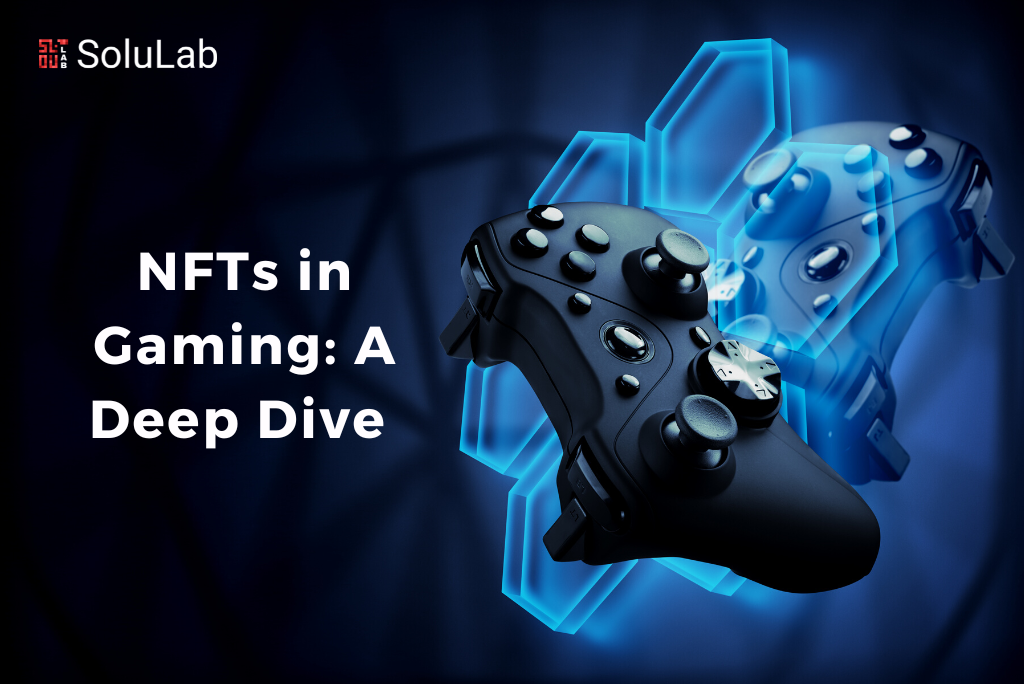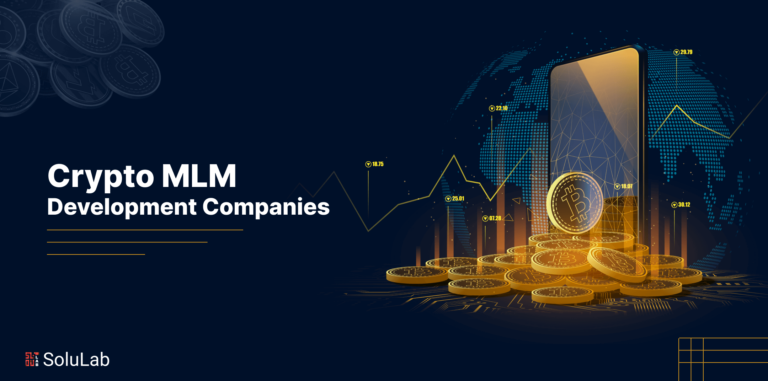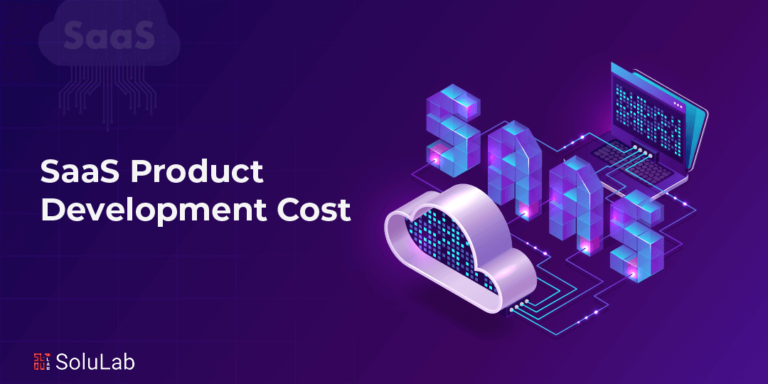Why do NFTs in games matter?
NFTs are essential to many of the most successful blockchain games of the past twelve months. Axie Infinity, Crabada, Cryptoraiders, and DeFi Kingdoms, to name a few, all rely on the use of NFT technology to function. At the peak of their valuations, the combined market cap of just these four games would be roughly $12B. This is impressive for a group of projects that have only existed in their current form for a maximum of one year, especially when comparing these valuations to legacy game developers’ ones. The total market capitalization for Ubisoft at writing is $7.2B, Corsair is $1.8B, and Atari is $110M.
It seems as though NFTs should be a natural fit. Gamers are already well versed in the core concepts of blockchain gaming: complex in-game economies, bartering and trade of virtual items, and the use of virtual currencies to acquire said items. Despite this latent understanding of the fundamentals of blockchain gaming, integration of NFTs into the business model of legacy game developers is not popular with the traditional gaming community. This lack of popularity doesn’t make sense to those in the blockchain and NFT gaming community. However, when you consider how legacy developers are suggesting NFTs be integrated into the gaming experience, the reasons for this resistance become crystal clear.
Grounded fears
Legacy developers are being seen to view NFTs as nothing more than another potential revenue stream, extracting even more value from their already disgruntled player base. Microtransactions and pay-to-unlock games have become the prevailing model in today’s gaming industry. It’s understandable, then, why gamers are resistant to implementing a technology that does nothing more than further entrench existing predatory practices.
Ubisoft Quartz is an excellent example of gamers’ fears realized. Critics quickly stated that the NFTs add nothing of value to the experience while simultaneously draining precious resources. Scalpers were also quick to buy up all of the Ghost Recon NFTs available at the launch of Quartz, relisting them with prices ranging from $634 to $423,000.
Couple these fears with growing environmental concerns around using Proof-of-Work blockchains as the backbone for much of the NFT movement, and it becomes easy to empathize with traditional gamers.
Web2 vs. Web3
At their core, these discussions around how NFTs can be implemented into games are a microcosm. They are representative of the coming battle between incumbent centralized entities and the decentralized future, or, Web2 vs. Web3. The core difference between Web2 and Web3 is in the distribution of benefits. Web2 entities centralize the benefits and extract value from the user, whereas Web3 entities distribute the benefits and empower the community.
The gaming world is going to look very different in the coming years. The concerns of traditional gamers are real and valid, and more has to be done to address them. It is the responsibility of the Web3 community to do this, and if that means encouraging gamers to move away from legacy platforms, then so be it.
Read also: How Metaverse Could be a Game Changer for NFT Gaming
Blockchain games are evolving in their complexity and appeal at lightning speed, and it won’t be long before legacy developers are seriously challenged. Platforms that make it easy for developers to build quality games first while leveraging the transformative power of blockchain technology, play-to-earn, and community-empowering NFTs will change everything. Web3 is coming, and legacy developers would do well to understand how and why this will happen.
By gamers, for gamers
NFTs have captured the world’s attention and brought the importance of community back to the forefront of the cultural zeitgeist. Cryptopunks and BAYC have shown that an engaged community can achieve far more in a short space of time than any Web2 company ever could. Blockchain games are evolving rapidly, delivering more value to gamers than Web2 business models would ever allow for.
Web3 is all about providing the community with the tools it needs to help its members grow into the best versions of themselves. This is something that GuildFi resonates with. Everything we do is to empower the gamer. For this very reason, GuildFi is a community-driven platform above anything and everything else. In the following few articles, we’ll be exploring how we as a platform believe Web3 technologies can be used to add to a gamer’s experience instead of monetizing it.
GuildFi is and always will be by gamers and gamers.
Blog Credits: Medium





